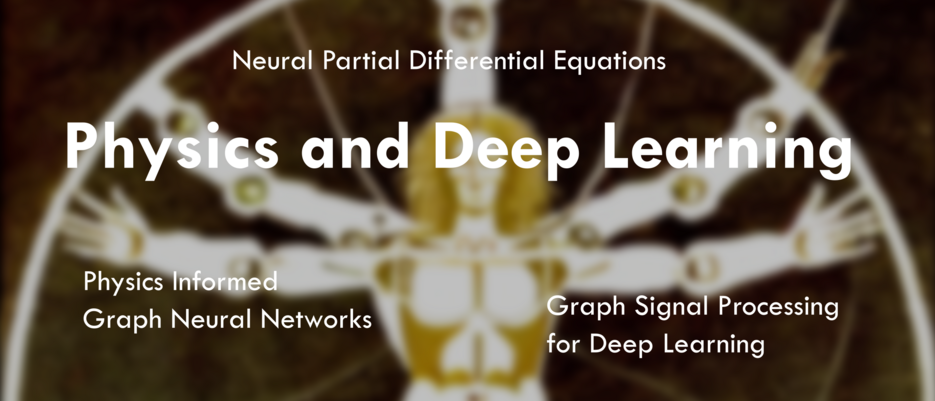Meteorological Downscaling Using Remote Sensing Data
13.11.2024Global numerical climate models project meteorological quantities such as temperature, humidity, pressure, etc. decades into the future under the assumption of different emission scenarios. However, due to computational constraints, the spatial resolution of those models is typically quite coarse (50-100km) such that it cannot adequately depict regional phenomena relevant for the application. Deep Learning models have been used to artificially increase the resolution of the data output by climate models, which is known as statistical downscaling.
This work aims to improve Deep Learning models for statistical downscaling by exploiting high resolution remote sensing data e.g. from satellites.
Our previous work has shown that Deep Learning models can successfully integrate external high-resolution data, such as the topography, to improve downscaling results.
In a next step, we want to investigate if data from satellites can further boost the performance of our downscaling model.
While satellite data is available at an extremely high spatial resolution (10m), processing such immense data volumes comes with its own challenges.
If combining your interest for Deep Learning with an exciting application in climate science sounds interesting to you, please do not hesitate to contact me.
Supervisor: Florian Gallusser
Requirements
Experience programming with Python and PyTorch/Tensorflow
(Beneficial) Experience in working with remote sensing data
(Beneficial) Interest in data-driven climate science


